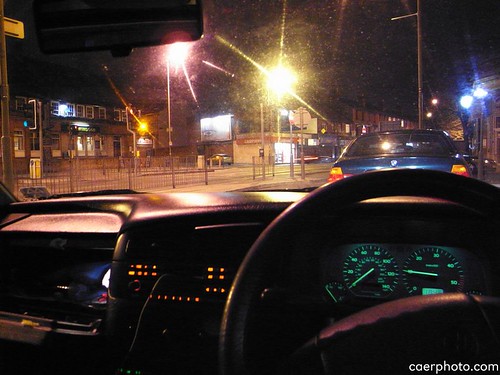That's a really interesting thought because until they're saved, they really are images. I think of saved pictures, however, as "prints" of a kind so when I prepare pictures for an article, for example, I think of that process as a kind of "printing". But you're right that while they're in flux on the screen, they really are images.
I'll ask Thomas Knoll about this.
Cheers,
Sean
Hiyas all around the globe,
As a long/old-timer with RF+VF this Ricoh kit seems interesting, but I wonder if the DNG file is 8 or 16 bits wide/deep. Seeing the GRD as a replacement for the T4/XA, and new to digital cams(with an old 2MP CoolPix 950 and 8bit RAW), I'm a data type... what's this about Ricoh's DNG not legible in certain 'puter apps? DNG is DNG, no? Oh, and I've an M8 as well...
Starting here at this forum both for the "Small Sensor" and the slightly OT bent of this thread because the discussion is good

As for the Golden Mean, that is academic/learned, whether by name or instructor(in the so named "West"); and 4:3 was defined as "marine"(the predominance of horizon?) from 19C. Western painting/drawing... point is, someone you were influenced had this cartography/mapping in mind while teaching...
Lastly, here, the "picture" and "image" is distinguished between what is(the picture) and what is seen(the image). This distinction is from the perspective of the viewer, or audience... each with her/his own context while taking in the mapping/pictographic (re)presentation... and this includes the creator too.
This seems a "Klein's Bottle" wrt the Ricoh kit: is it Tri-X, or someting other?
Do I let the camera define my picture, or image? With film kit, only the lens had influence. With digital, I seek the cleanest data path... is the GRDII cleaner than that before it? Noise is a symptom of the audience's experience... sometimes wanted, most times not(so, your not listening to "your" music as you read this?).
So, is it 8 or 16 bits RAW/DNG? Nowhere reviewed(freely) to confirm this.
rgds,
Dave
PS-Mr Knoll's opinion about "image" an "picture" would be interesting too.








